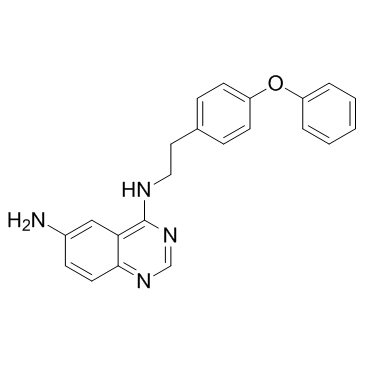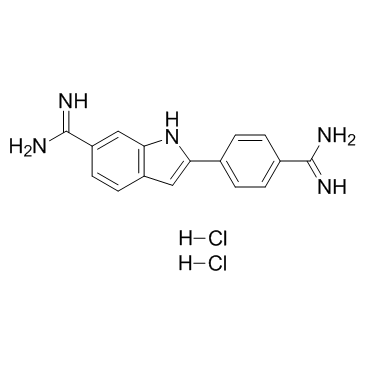| Structure | Name/CAS No. | Articles |
|---|---|---|
 |
QNZ (EVP4593)
CAS:545380-34-5 |
|
 |
4',6-Diamidino-2-phenylindole dihydrochloride
CAS:28718-90-3 |
|
 |
7-Aminoactinomycin D
CAS:7240-37-1 |